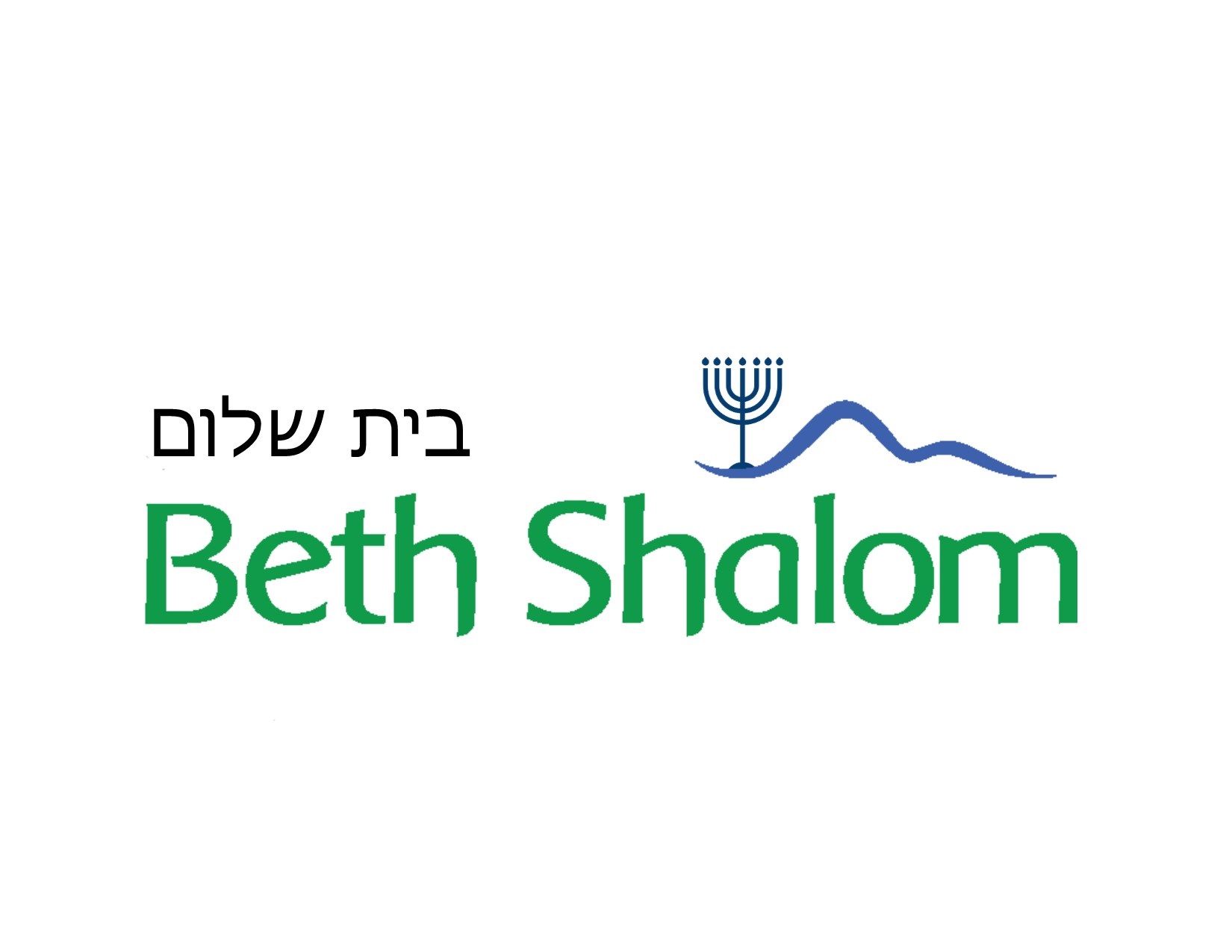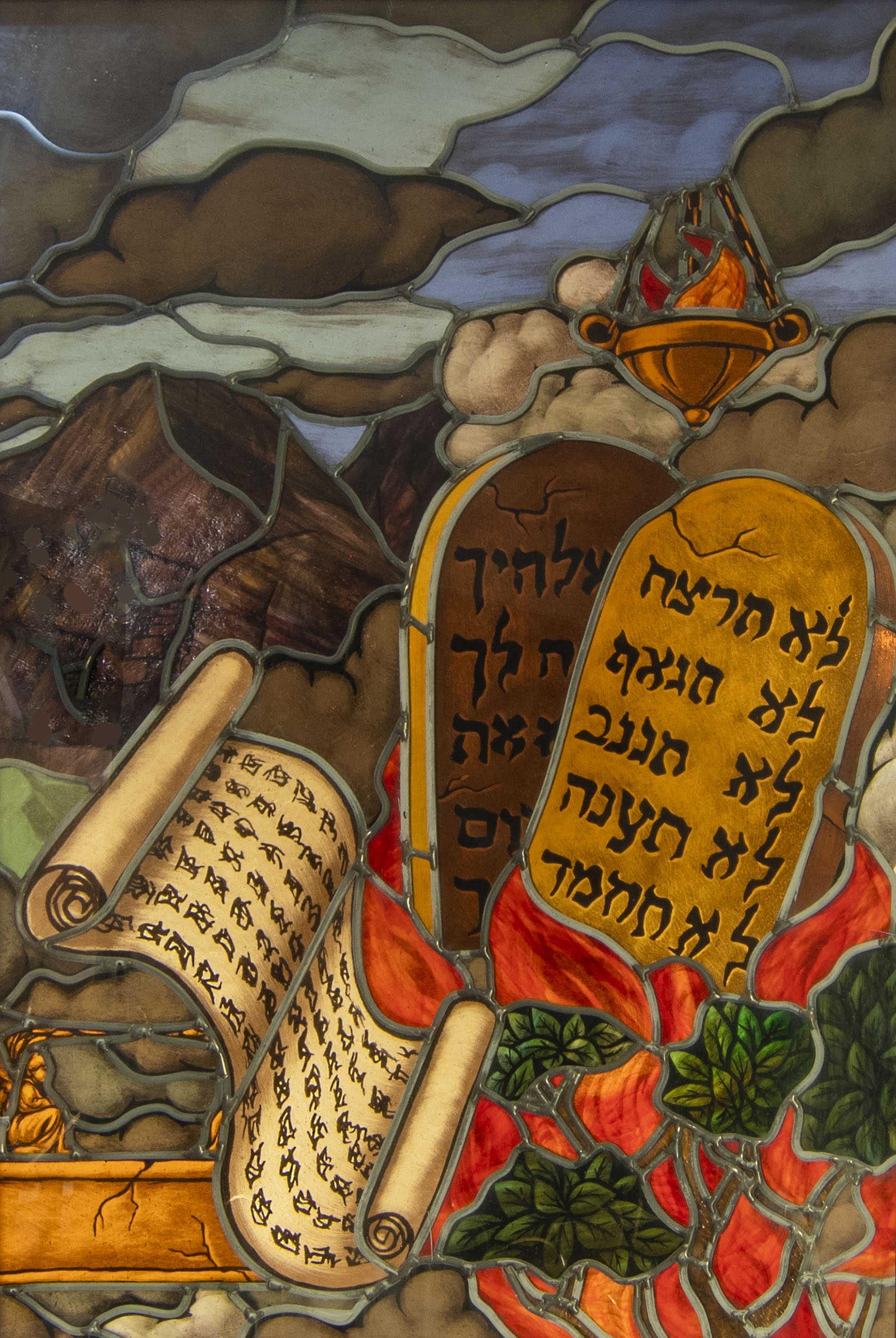Introduction
Rosh Hashanah comes once per year and lasts two days. It is part of the Yamim Noraim, the Days of Awe and is part of the framework of the Asseret Yemei haTeshuvah, the Ten Days of Repentance. Both of these names include Yom Kippur as it too is part of the Days of Awe and there are ten days from Rosh Hashanah until the Day of Kippur. This time is for serious reflection, self examination, and reconciliation. It is a time for us to consider our sins and look for forgiveness from people we have hurt and from God.
Rosh Hashanah also is a great celebration of time. We celebrate a New Year, the gift of another year for humanity, and looking to the future with a hopeful heart. It is the festival of Creation when we fete the world for all its God-given majesty.
The Meaning
Like the secular calendar the lunar calendar, the Jewish one, has twelve months. Coming in the month called Tishray, Rosh Hashanah invariably starts at the beginning of autumn. While the solar date will change from year to year the lunar date never varies. On the eve of Rosh Hashanah there will be a new moon. In the holiday itself we say HaYom Harat Olam which means today is the birth day of the world. Today is the time we measure the world’s birth. It is the anniversary of the world.
Torah: In the seventh month, on the first day of the month, there shall be a rest day for you, a remembrance proclaimed with the blast of horns, a holy convocation. You shall not do any labor and you shall offer a fire-offering to the Eternal. (Leviticus 23:24-5)
In the Torah, Rosh Hashanah is called the seventh month because we measure our time by the anniversary of our freedom, Passover. Think of it this way: January 1 is the New Year while July 4 is the celebration of America’s birth.
Another name for Rosh Hashanah is Yom Teruah, the Day of the Blast. Rosh Hashanah is associated with the blowing of the shofar, ram’s horn. Throughout the history of the Jewish people the shofar has been used to call the people to war, summon them for an urgent convocation and announce the new moon. The sharp shofar blast calls us together and makes a grand announcement on Rosh Hashanah: the king is here!
There are three primary kinds of sounds emitted by the shofar. One sounds like an attentive call (Tekiah), another is akin to a broken heart (Teruah) and the last are like tears (Shevarim). In all there are one hundred blasts on Rosh Hashanah. It is a great mitzvah to hear all of them.
Maimonides adds another dimension to the sound of the Shofar. He says it is an opportunity to feel the sting of fleeting time. He says, “Awake all you who are asleep; search your ways and mend them in repentance.” In other words, the shofar shakes us out of lethargy.
Yom HaDin is yet another name for the holy day. Yom HaDin means Day of Judgment. We know from the announcement made by the shofar that the King has arrived. The Day of Judgment underscores the idea that we are in the presence of the Holy One, the Master that knows all. It is useless to give excuses or hide. All is revealed before the Lord.
As declared by the Uneteneh Tokef the remedy to all personal inadequacies is Teshuvah, Tefillah, Tzedakah (Repentance, Prayer and Charity). These alone will redeem us from our flaws.
The powerful tale of the Akeidah is read on Rosh Hashanah. It tells of the unflagging faith of Abraham, our father. His willingness to go to any extreme for God is a paragon of devotion. We consider ourselves- what we do for God in his light. The story ends with Abraham sacrificing a ram to God. The shoar that means so much to the holy day is a reminder of that act, Abraham’s faith, and God’s unbroken promise.
Observances
It is customary to greet one another with the words, L’Shana Tovah Tikateyvu, “May you be written for a good year.”
Apples are dipped in honey as we say, “May it be His Will that this New Year will be as sweet as these apples and honey.” We eat round challahs instead of the usual long ones. These symbolize the fullness of another year.
On the first day of the holy day (unless it is Shabbat) we perform Tashlich. We go to flowing waters and say a few short prayers. It is primal, immediate as we shake out our pockets and declare:
Who, O God, is like You? You forgive sins and overlook transgressions.
For the survivors of Your people;
He does not retain His anger forever, for He loves kindness;
He will return and show us mercy, and overcome our sins,
And You will cast into the depths of the sea all their sins;
You will show kindness to Jacob and mercy to Abraham,
As You did promise to our fathers of old.
Finally, we take to heart the idea of Teshuva and turn to people we have wronged and make up to them. We ask for forgiveness. Not only that but is also customary to go to the cemetery and do that same for those who have passed.

